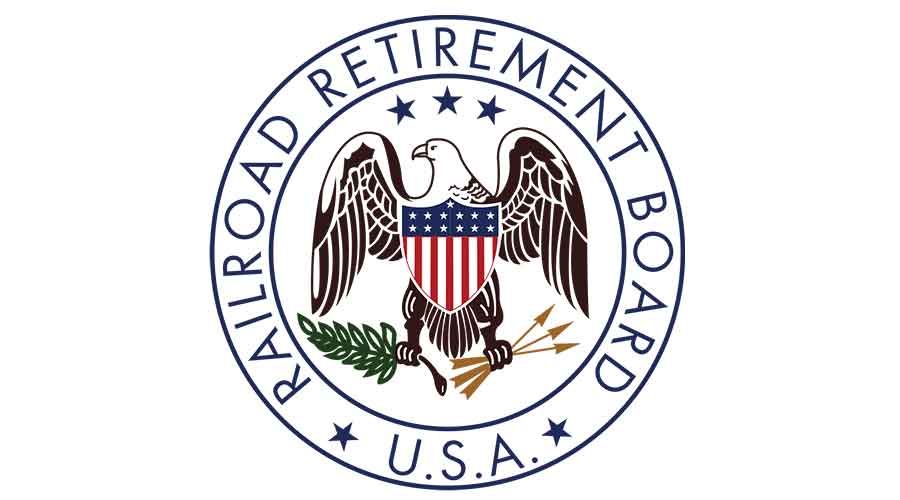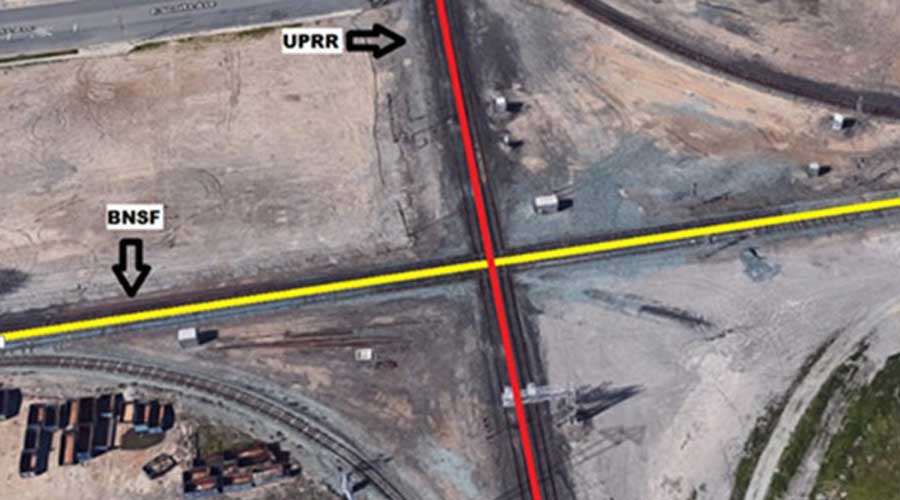Stay updated on news, articles and information for the rail industry
5/15/2023
Rail News: Federal Legislation & Regulation
Rail workers' benefit cuts resume now that COVID-19 emergency is over

U.S. rail workers had their sickness insurance and unemployment benefits cut on May 10 as a result of Congress ending the national coronavirus emergency last month.
The Budget Control Act of 2011, and a subsequent sequestration order to implement mandated cuts, requires sickness insurance and unemployment benefits be reduced by a set percentage. However, as of Jan. 3, 2021, the Continued Assistance to Rail Workers Act of 2020 exempted those benefits from sequestration until 30 days after the end of the national emergency, according to a press release issued by the U.S. Railroad Retirement Board.
President Joe Biden on April 10 signed the legislation that ended the national emergency. On May 10, railroaders had their sickness and unemployment benefits reduced by 5.7%. That same reduction amount will remain in effect through Sept. 30, 2031, RRB officials said.
The current daily benefit rate for sickness and unemployment benefits is $85. Applying the 5.7% reduction, the maximum benefit in a two-week period will be reduced to $801.55 from $850.
Sickness benefits paid to an employee within six months from the date last worked for a reason other than an on-the-job injury are also subject to regular Tier I railroad retirement taxes, resulting in an additional reduction of 7.65%. Applying the 5.7% reduction to these sickness benefits will result in a maximum two-week total of $740.23, according to the RRB.
Contact Progressive Railroading editorial staff.


 2025 MOW Spending Report: Passenger-rail programs
2025 MOW Spending Report: Passenger-rail programs
 Gardner steps down as Amtrak CEO
Gardner steps down as Amtrak CEO
 Guest comment: Oliver Wyman’s David Hunt
Guest comment: Oliver Wyman’s David Hunt
 Women of Influence in Rail eBook
Women of Influence in Rail eBook
 railPrime
railPrime







